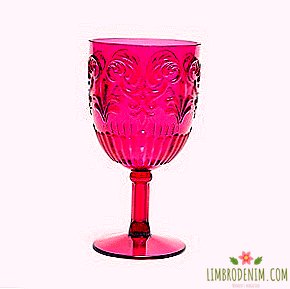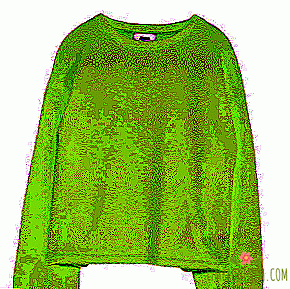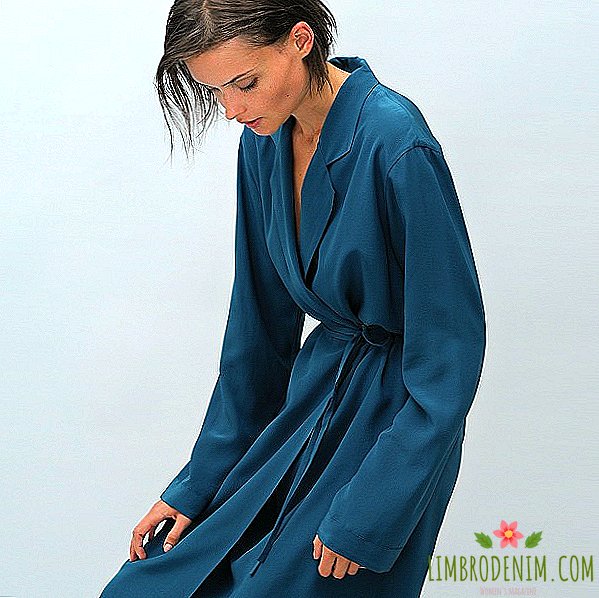Story of one brand: Lacoste
IN THE LIGHT, THERE IS A MUCH OF MEMBERS THAT WE LOVE FROM AND TO. We hunt for their stuff, ready to buy all the rail on the sale and look forward to showing new collections. It's time to figure out what the phenomenon of their attractiveness. Today we are talking about a cult French brand, famous for its polo with a crocodile, but not limited to them: for example, the brand even has a podium line, which you can now buy in Russia.

The French brand Lacoste was founded by the legendary tennis player Rene Lacoste in 1933. Before creating his own brand of clothing, he twice became the first racket of the world and eight times - the champion of the “Grand Slam”. This man knew first-hand that the tennis uniform of the 20s: a white shirt with a long sleeve, trousers and a knitted pullover, was simply uncomfortable. “Once I saw my friend go out to the polo court. It seemed to me very practical, and I ordered some polos from cotton and wool from a friend’s tailor in London. After a while, all tennis players began to go to the same ones,” Rene Lacoste People magazine in 1979. Of course, playing tennis was much more comfortable in a shirt with a short sleeve, the unbuttoned buttons on the polo allowed you to breathe deeply, and the raised collar did not allow the neck to burn in the sun.
The logo in the form of a green crocodile appeared as a result of a bet by Lacoste with the captain of the French national tennis team Alan Moore. On the eve of the Davis Cup in Boston, Renee argued with him that he would win the match against an Australian opponent. At stake was a small crocodile leather case, on the eve of the fancy tennis player in the window of one of the shops. Unfortunately, he lost the tournament, but for his daring character, courage and perseverance on the court, Lacoste got the nickname “alligator”. The logo itself, which as a result adorned all the things from Rene's wardrobe, was painted by his friend, artist Robert Georges. Thus, Lacoste had a personal brand even before the very concept of “brand” was born.

In 1933, Rene completed his career in big-time sports and, together with the owner of the largest knitting factory in France, Andre Housing, founded the brand La Société Chemise Lacoste. Then the first polo appeared L.12.12., Where L denoted the name of the brand, 1 - cotton pique, 2 - short sleeve, and 12 - model number of a shirt with short sleeves and a turn-down collar. They were the first to sew a logo on the front side of the shirts and were the first to release a collection of multi-colored polos. In the early 50s, the brand entered the American market, merging with the American brand Izod. Initially, they provided free tennis, tennis, golf and sailing to John F. Kennedy, Dwight Eisenhower and Bing Crosby. As soon as ordinary buyers noticed that Izod Lacoste polos were rich and famous, the business went uphill. Other brands began to modify the logo (remember the pony Ralph Lauren, the American Eagle eagle and the fish Tommy Bahama). Some were not even ashamed to completely copy the crocodile: litigation with the Chinese company Crocodile Garments lasted for ten years, until in 2003 the court ordered the plagiarists to change the logo.
In 1963, the company was headed by the son of Rene Lacoste Bernard, who immediately began to expand production. Clothing, shoes, leather accessories, watches and glasses appeared in the Lacoste collections. In 1984, the first men's fragrance Lacoste Pour Homme was released. The brand reached its peak just in the 80s, when the preppy style came into fashion. Future students of prestigious US colleges emphasized their status as an excellent dress: they wore plaid trousers, woolen vests with rhombuses, loafers and, of course, the legendary Lacoste polo.
In the 90s, grunge was replaced by preppies, and Izod Lacoste polos became mainstream - they even began to be sold on the network of cheap Wal-Mart department stores. The paths of Lacoste and Izod diverged in 1993, when the Americans remained with their democratic pricing policies, and the French wanted to restore their prestige to the brand and at the same time win a young audience. In the early 2000s, Lacoste mono-brand stores began to open on the most luxurious streets of New York, from Madison Avenue to Rodeo Drive, and a crocodile polo moved from low-cost Wal-Mart to expensive Macy's and Bloomingdale's.

The brand began to sponsor tennis tournaments, golf competitions and support for athletes, among whom were Andy Roddick, Richard Gasquet, Jose Maria Olazabal and Colin Montgomery. The position of creative director was entrusted to Christof Lemaire, who had previously collaborated with Yves Saint Laurent, Thierry Mugler and Christian Lacroix. He managed to revive the brand and refresh its image. Bright casual Lacoste, which began to show at Fashion Week in New York, again wanted to wear. "I am proud to have updated the style of Lacoste, attracted a younger and more fashionable audience. I am deeply convinced that Lacoste has a unique position in the fashion world," said Christophe in 2010 when he left the brand for the position of creative director Hermès.
The new designer Lacoste was the Portuguese Felipe Oliveira Baptista. With his arrival, the brand began to produce more collaborations with other brands. In collaboration with actress Leslie Mann, the limited edition Lacoste Pink Croc Collection appeared exclusively in pink. In the framework of the Holiday Collector's project, Chinese artist Li Xiaofeng made polo from porcelain by hand. Later, the illustrator Mika Lidberg developed the Lacoste L! VE collection with bright animalistic prints. "My prints are full of absurd creatures and implausible stories. There is something here that I loved in my childhood: dinosaurs, flying saucers, jungles, unicorns," admitted Lydberg
In 2012, Lacoste began celebrating the 80th anniversary of the brand by launching the "Polo of the Future" project. On the official Facebook page on the brand, young artists shared their thoughts on what the future polo could be. The author of the most interesting idea was invited to collaborate on further Lacoste projects. In honor of the anniversary, a short film about the evolution of the polo shirt from 1933 to 2013 was also shot. Last year, the brand launched a limited edition of 12 Limited Edition Custom Polo Kits. During the year, Lacoste was released every month on one new T-shirt with the contours of the future pattern. Each polo was accompanied by a brush and a jar of paint, sprays and foil.
In February 2014, Lacoste made a touching commercial. The plot of the video revolves around the kiss, which gives the same extreme sensations as jumping into the abyss. The motto of the video says: "Life is a beautiful sport!" - and in this thought, the brand is definitely not alone.
Photo: courtesy of lacoste




